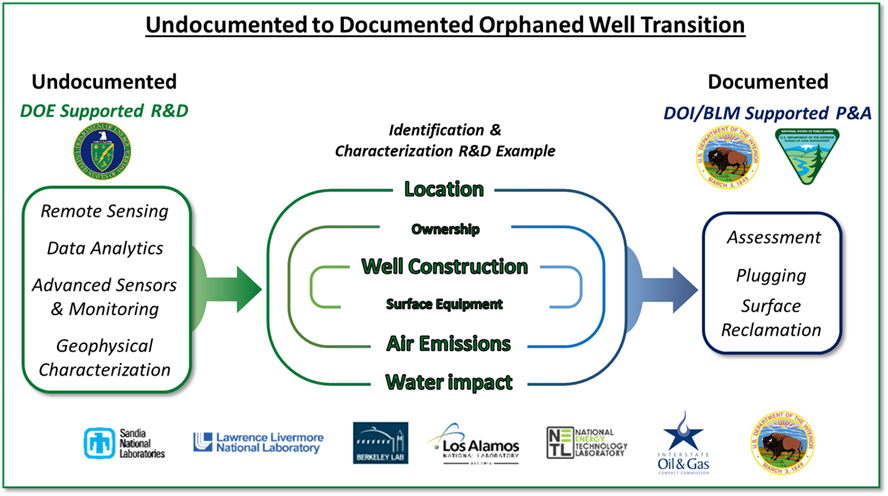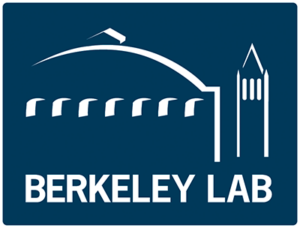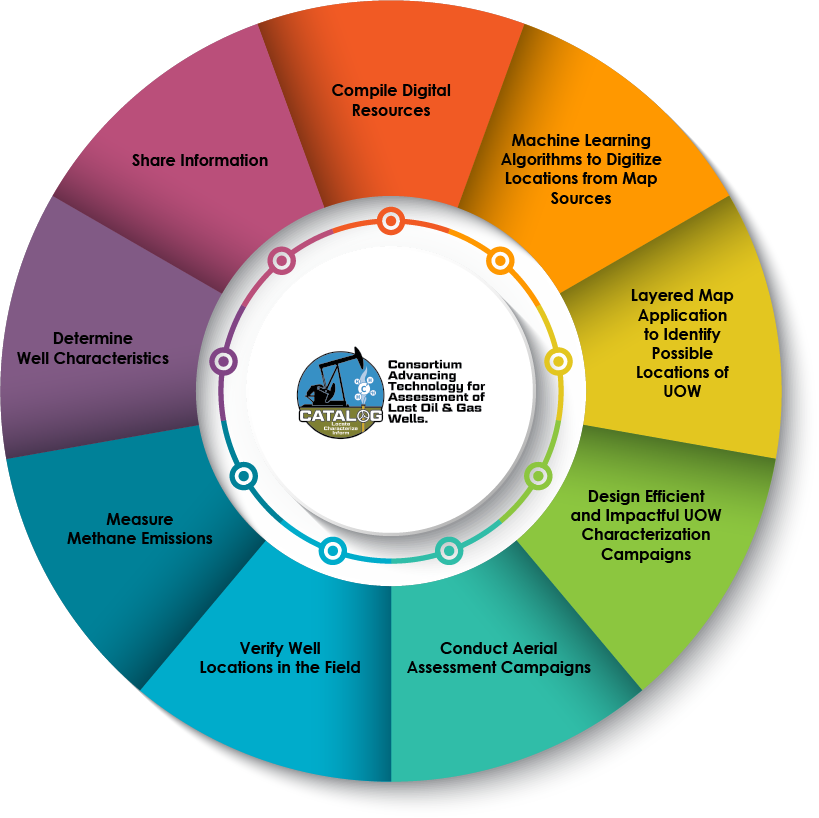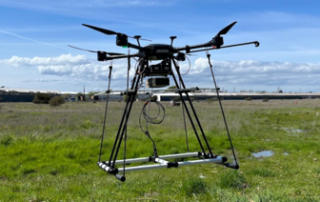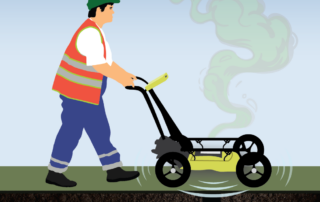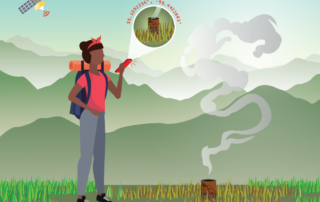DOE Laboratories Locate and Characterize Undocumented Orphan Wells
On November 15, 2021, the Infrastructure Investment and Jobs Act (IIJA) was signed by President Biden. Within the IIJA was language requesting the U.S. Department of Energy (DOE) collaborate with the Interstate Oil and Gas Compact Commission (IOGCC) to develop a Program focused around reducing the impact of undocumented orphaned wells (UOWs). Generally, orphaned wells are defined as an idle well for which the operator is unknown or insolvent. It is estimated that there are hundreds of thousands of UOWs leaking methane in the United States with unknown locations and missing information such as ownership or construction details. The estimated number of UOWs reported by states is between 210,000 and 746,000. The IIJA provides investments to plug these UOWs, which will help communities reduce methane emissions and eliminate other environmental impacts. The $30 million CATALOG Program assists in identifying and characterizing the environmental risks of UOWs. This investment is part of the Administration’s overall response in remediating environmental concerns, addressing legacy pollution that harms communities, creating good-paying jobs, and advancing long overdue environmental justice.
This site is updated frequently and may be unavailable during the updates.
Click to Open
A geospatial resource providing data insights related to orphan and marginal wells.
CATALOG’s Workflow & Approach
